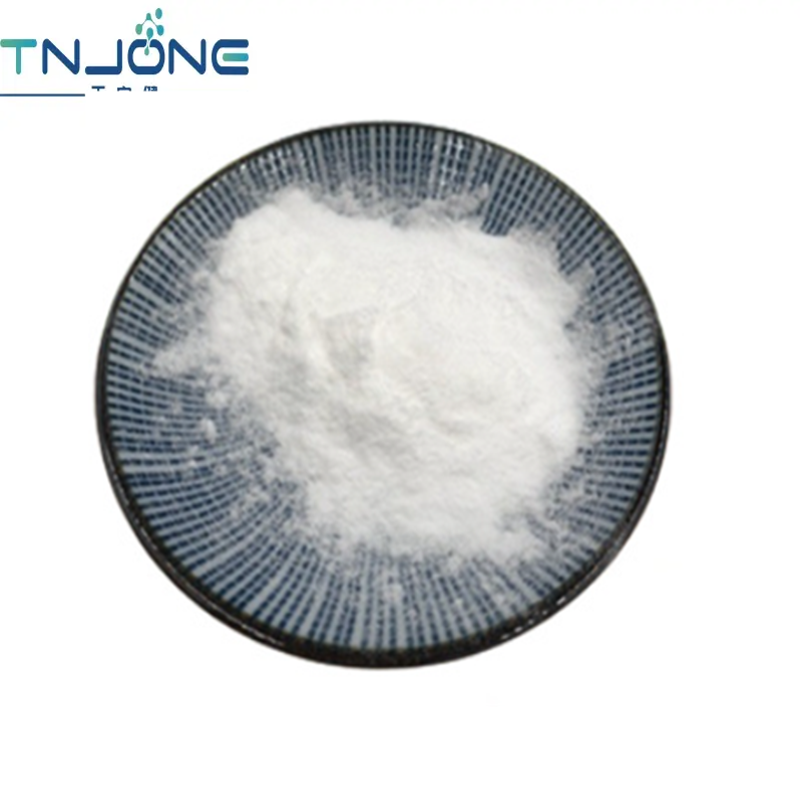-
Categories
-
Pharmaceutical Intermediates
-
Active Pharmaceutical Ingredients
-
Food Additives
- Industrial Coatings
- Agrochemicals
- Dyes and Pigments
- Surfactant
- Flavors and Fragrances
- Chemical Reagents
- Catalyst and Auxiliary
- Natural Products
- Inorganic Chemistry
-
Organic Chemistry
-
Biochemical Engineering
- Analytical Chemistry
-
Cosmetic Ingredient
- Water Treatment Chemical
-
Pharmaceutical Intermediates
Promotion
ECHEMI Mall
Wholesale
Weekly Price
Exhibition
News
-
Trade Service
A potentiometric titrator is an instrument that uses potentiometric titration to determine the end point of a titration by measuring changes in potential during the titration
process.
It is mainly used for chemical analysis
of various components in colleges and universities, scientific research institutions, petrochemical, metallurgical and other industries.
The instrument adopts computer software or touch screen control, Chinese operation interface, simple and easy to understand; The instrument adopts modular design, which is composed of three parts: capacity titration device or coulomb titration device, control device (can be replaced by PC titration software) and measuring device (including potential measurement, conductivity measurement, and permanent stop measurement), which can realize potential titration, coulomb titration, conductivity titration and permanent stop titration; The instrument is controlled by titration software, which can achieve various operations; The instrument has pre-titration, preset end-point titration, blank titration or manual titration functions to generate titration mode on its own, expanding the scope of use of the instrument; The titration system uses perchloric acid-resistant materials for non-aqueous titration; Potential titration method is in the titration process by measuring potential changes to determine the end of the titration method, compared with the direct potential method, potential titration method does not require accurate measurement of electrode potential value, therefore, the influence of temperature, liquid junction potential is not important, its accuracy is better than the direct potential method, ordinary titration method is to rely on the color change of the indicator to indicate the end of the titration, if the solution to be measured has color or turbidity, the indication of the end point is more difficult, or simply can not find a suitable indicator
.
Potentiometric titration is a sudden jump in electrode potential to indicate the end of
the titration.
Before and after the titration reaches the end point, the concentration of the ions to be measured in the droplet often changes continuously by n orders of magnitude, causing a sudden jump in potential, and the content of the measured component is still calculated
by the amount of titrant consumed.






